Is the game a contemporary artistic medium? It is clearly a very popular form of new media. Less frequently encountered in established artistic spaces, it is a lively, evolving form. The game gradually establishes itself as an artistic medium, most often emerging outside of these spaces. The artistic field expands.
In December, the exhibition Pizza Boy opened, the first solo exhibition in Bucharest by the Japanese artist Shinji Murakami. The exhibition organized by Galeria Catinca Tabacaru took place from December 16, 2023, to January 31, 2024, at Atelier 35 Gallery on Strada Șelari. The central element of the exhibition is the video game Pizza Boy, which supports and is supported by everything found in the real (and virtual) space of the exhibition.
What does a game seek in an exhibition?
From game to contemporary art
Shinji Murakami’s practice incorporates elements of pixel art reminiscent of the aesthetics of video games from the ’70s and ’80s. His art is part of a broader trend that explores the impact of digital technology on visual culture and how it intersects with traditional artistic practices. Games are an essential part of contemporary culture, and various artists (from Takashi Murakami to Harun Farocki) reference video games in their practice. The use of video games in contemporary art is not limited to introducing digital aesthetics; it also reflects profound social and cultural commentary. Because games have become so prevalent in social life, artists often use video games to explore themes such as identity, virtual reality, the impact of technology on society, and even political criticism. More than the themes that can be accessed through the gaming environment, from violence or competitiveness to collaboration and common expression, the game has its own multimodal language. Through the game’s aesthetics, a critical perspective on contemporary art emerges from the participatory situation itself.
From contemporary art to game
With Pizza Boy, the artist not only references established video games. This time, the artist creates his own game as a reference point. The resulting gaming environment functions as the starting point and source for the peculiar forms of visual expression for which he is recognized. To further develop his own language, the artist chooses to create personal situations and actions.
Pizza Boy is set in New York, as the initial intention, but the essentializing quality through actions makes it relevant even for the context of Bucharest. The situation is not random, although it may initially seem so. It starts from one of the most visible contemporary work situations, that of the delivery person. The player acts as the Pizza Boy, the bicycle delivery person who must take orders and deliver them to customers. There are obstacles, as in real life. The cyclist must avoid cars that could cost him his life as he moves through the map of a skeletal city. The precarious situation of the delivery person is essentialized in simple visual elements and abstracted actions that players can perform. An exploration in the performative context of the same complex of human interactions can be seen in the show Bucharest Delivery (directed by David Schwartz[1]).
The works in the exhibition take fragments from the game, conceptualizing stages and situations from Pizza Boy. Graphic elements from the game become two-dimensional works or animated light screens. The images communicate with each other and are accessible both to the viewer and as an option for augmented reality. Moreover, the game is present in the exhibition. It can be seen, watched, played. Part of the exhibition is the game. Part of the game is the exhibition.
The player is present
Not only the game but also the players are present in the exhibition. The central installation in the room consists of a television, an Atari 2600 console, and a sofa. Every time I visited the exhibition, there was at least one visitor on the couch playing Murakami’s game, trying to beat the highest score achieved so far. In this way, the exhibition continuously hosts events, performances by players always in relation to previous and future ones. It is no longer about an individual artist, nor even about an individual player, but about possible collective forms, in hyperaesthetic contexts of the atmosphere generated by the game[2]. “The individual is a fiction, and individualism, a myth.”[3] – Changes in the aesthetic field occur also due to the expansion of the artistic space with participatory forms. The artist opens the process to the public. Through this approach, the audience becomes an active public of the artistic scene, creating a connection between art and everyday life. The exhibition manages to surpass the traditional boundaries of art, inviting us to reconsider the role of the public in the creative process. The game opens contemporary art to interaction and participation.
Atelier 35, a precedent
The exhibition takes place at Atelier35 Gallery, a space that currently hosts works by young artists. It has an extensive history, but what is interesting is that this is not the first time it has hosted games as artistic forms. In issue no. 11-12 of 1979 of the magazine Arta, there is an article written by Magda Cârneci about an exhibition held at Atelier35 called Design in the Game Sphere[4]. The three artists (Mugur Nazarie, Dan Velescu, and Radu Vișan), graduates of the Design section in Bucharest, exhibited their diploma project, carried out under the guidance of the architect Ion Popa. The project won the grand prize at the International Design Congress ICSID in Helsinki in 1981 and consisted of 10 games created by the three designers. As in Murakami’s game, the games here also have their own rhetoric, conveyed through actions and responses of the players rather than through contemplation. With Pizza Boy, the gallery continues its role for the new generation of artists, proving that the art of the game is not just a contemporary phenomenon but also a valid and relevant form of artistic expression. However, with the introduction of a new medium into contemporary art, new challenges arise. How do you exhibit something that can be played alone? What does it mean to play something in public space? How is a specific curation concept possible for game art? In the context of curating game art specifically, the exhibition Pizza Boy rises to the level of procedural and political art, inviting us to reconsider how we interact with art and the surrounding world.
The exhibition Pizza Boy by artist Shinji Murakami was organized by the Catinca Tăbăcaru Gallery, and took place at Atelier 35 during 16.12.2023 – 31.01.2024.
[1] București Livrator, 2021, Masca Theatre, directed by David Schwartz.
[2] Yves Michaud, Arta chiar s-a sfârșit, translated by Bogdan Ghiu (Timișoara: Constrasens MMXXIII, 2023).
[3] Ibidem. P. 12
[4] Magda Cârneci, „Designul în sfera jocului”, Revista Arta, no. 11–12 (1979): p. 52–53
POSTED BY
Maria Mandea
Maria Mandea (b.1991) is an artist and researcher working with the medium of play. After studying Product Design at UAUIM Bucharest (graduated 2017) she developed a doctoral thesis on play design at...
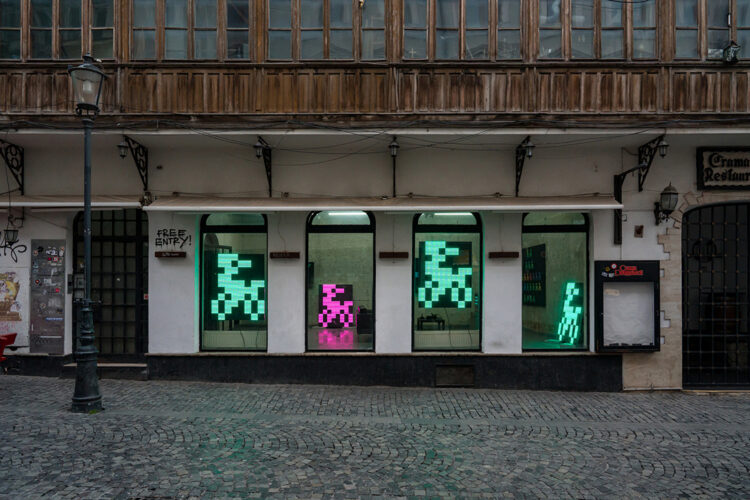
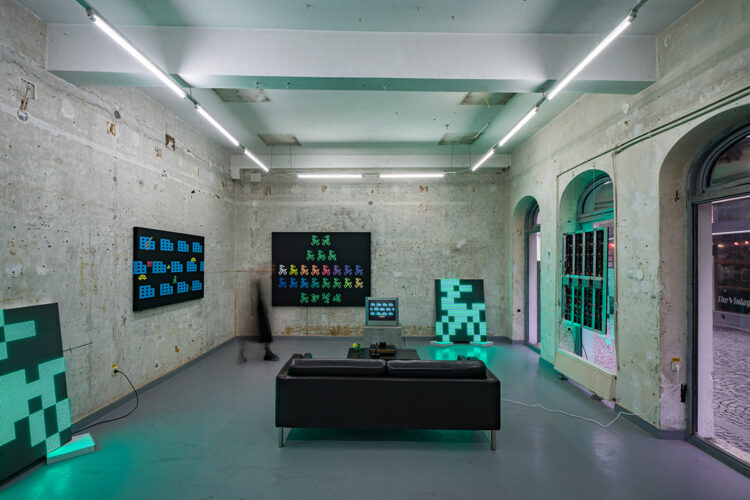
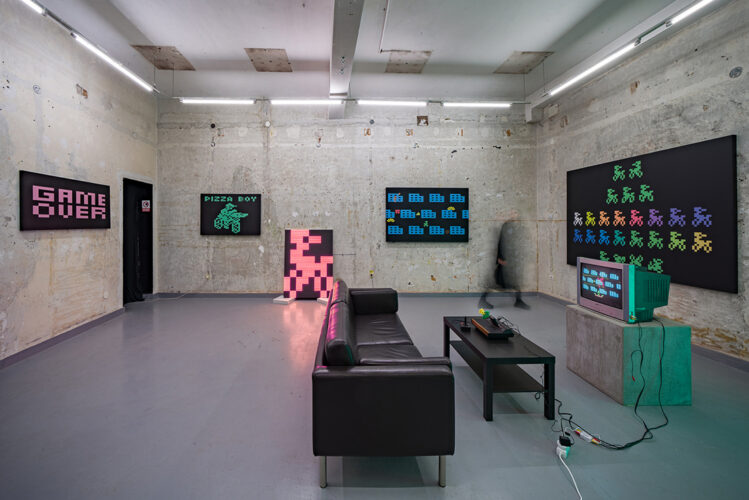
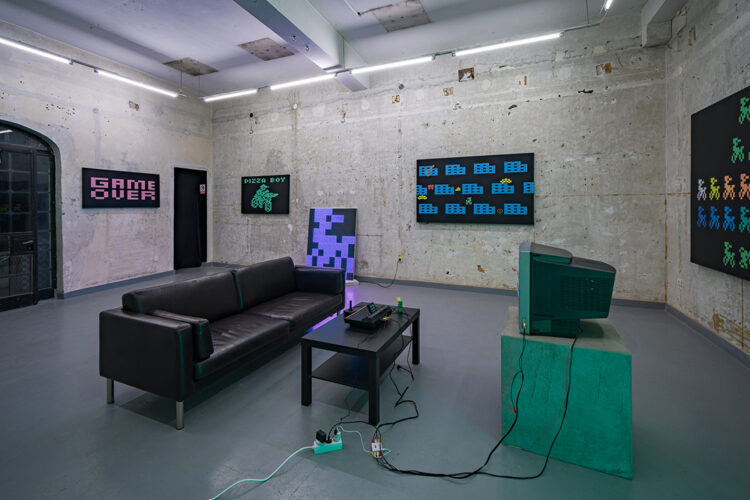
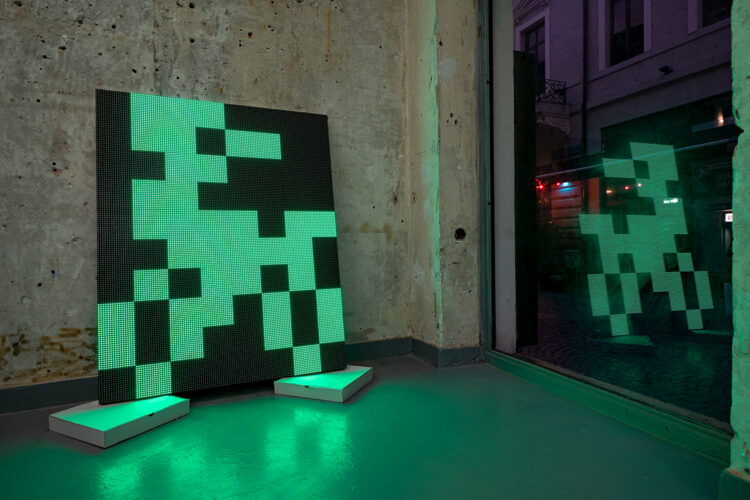
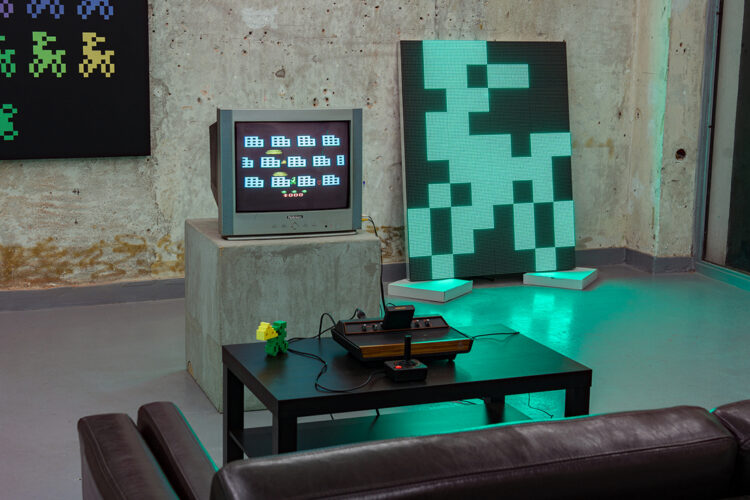
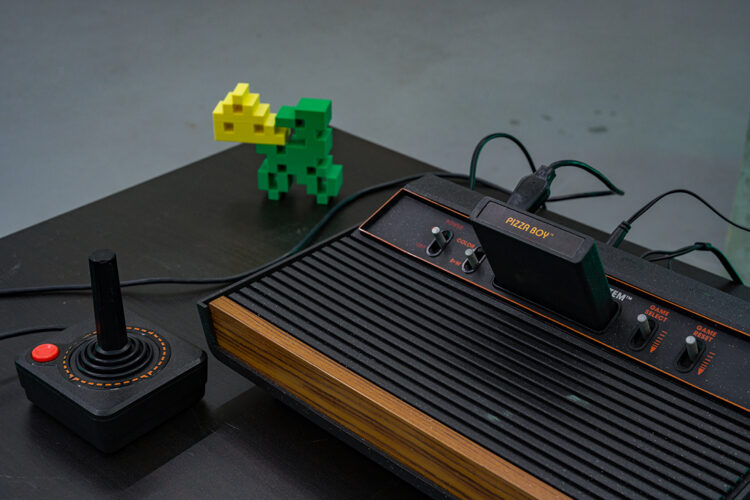
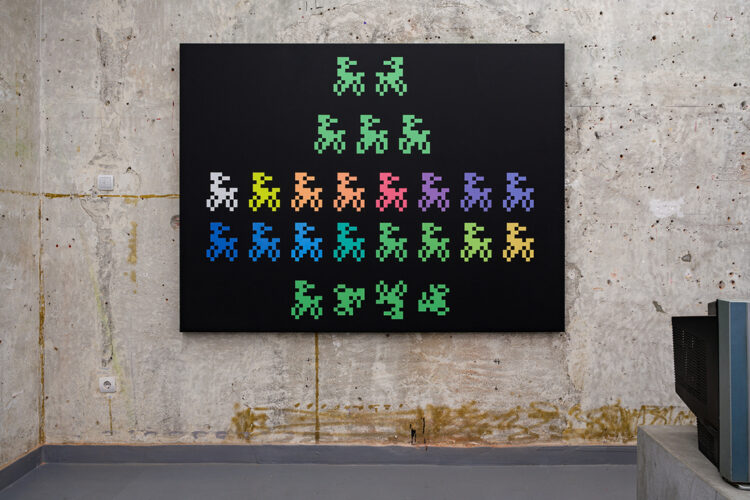

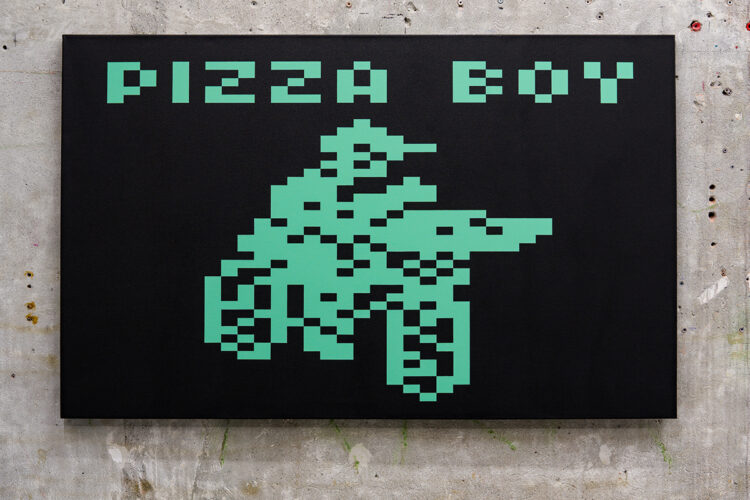
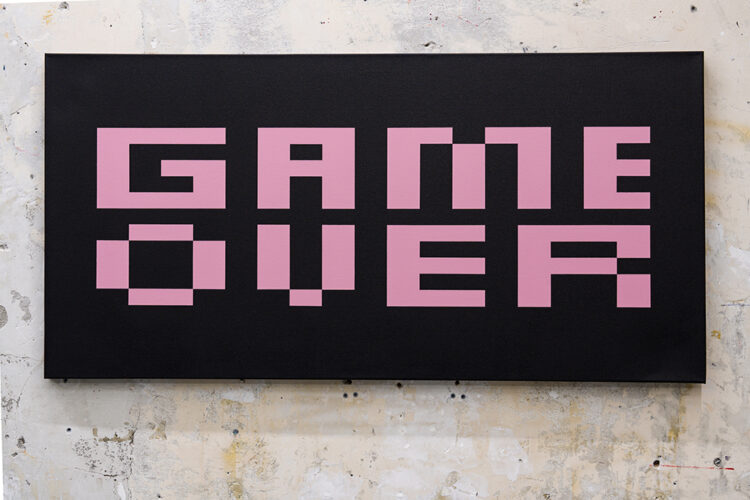

Comments are closed here.